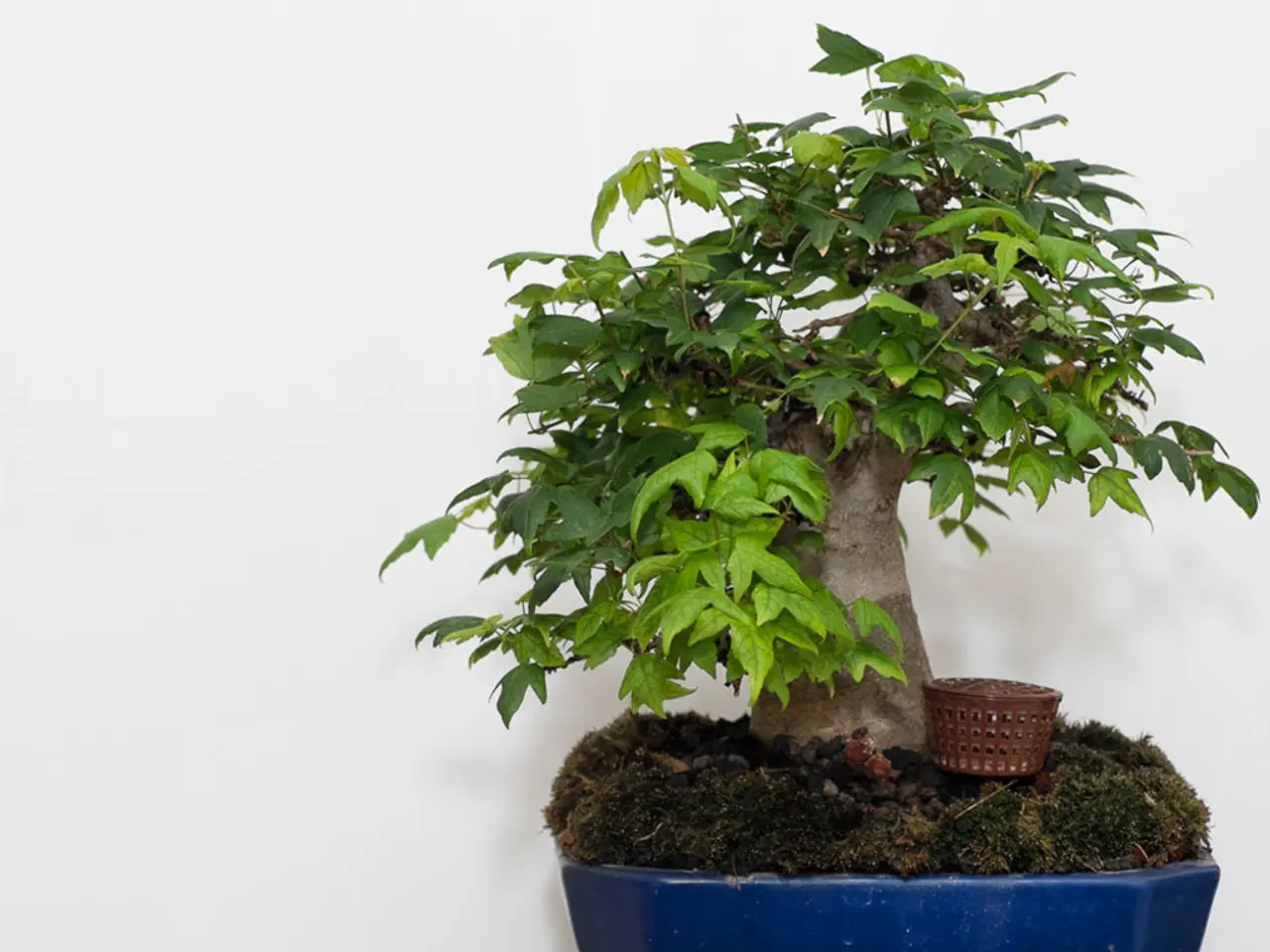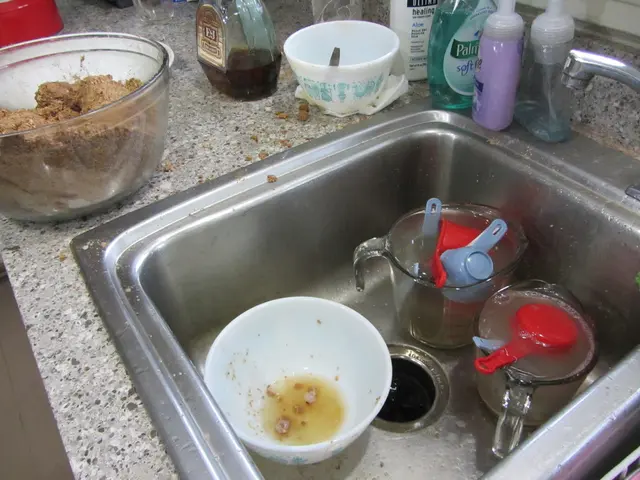Caring for a Ficus Bonsai: A Comprehensive Guide
Bonsai, the ancient art of growing miniature trees, is a creative and rewarding hobby. One of the best plants to start with is the Ficus tree, which can make a great indoor bonsai due to its tolerance of lower light. Here's a step-by-step guide to help you care for your new bonsai Ficus tree.
Light Preferences ------------------
Place your Ficus bonsai in bright, indirect light for about 5 to 6 hours daily. A south-facing window indoors is ideal. While Ficus can tolerate some direct morning sun, avoid harsh afternoon sun which may scorch the leaves. The plant prefers stable lighting and is sensitive to frequent relocation.
Potting and Soil -----------------
Use a well-draining soil mix designed for bonsai, which usually consists of components like akadama, pumice, and lava rock to ensure good drainage and aeration. Avoid regular potting soil as Ficus bonsai requires soil that doesn't retain excessive moisture but drains well. Repot every 2-3 years to refresh soil; use soil-based potting soil mixed with perlite, sand, and vermiculite for indoor Ficus bonsai to enhance drainage and root health.
Watering ---------
Water the bonsai regularly during the growing season, keeping the soil steadily moist but never waterlogged. During fall and winter, reduce watering to allow the soil to dry out somewhat between watering sessions. Check soil moisture daily, watering when the top 1-2 centimeters feel dry to the touch. Consistency is important as Ficus is sensitive to changes in moisture.
Temperature and Humidity -------------------------
Maintain an indoor temperature range of about 18-24°C (65-75°F), avoiding drafts, heaters, or sudden temperature fluctuations that stress the tree. Ficus bonsai requires higher humidity, which can be maintained by misting the leaves frequently or using a humidifier around the plant. Supporting aerial root growth especially benefits from increased humidity. A warm and moist environment encourages healthy foliage and root growth.
Fertilizer Usage ----------------
During the active growing season (spring through early fall), feed your Ficus bonsai every 2 to 4 weeks using a balanced or nitrogen-rich fertilizer to promote healthy growth. Stop fertilizing during the winter months when the tree typically enters a period of dormancy or reduced growth.
Additional Care Tips --------------------
- Pruning: After 6 to 8 new leaves appear, prune back the foliage to encourage compact growth and maintain the shape of the bonsai. - Wiring: Use aluminum or annealed copper wire carefully to shape branches without damaging the bark. - Humidity dome or misting can help promote aerial root growth which is characteristic of some Ficus bonsai types like Ginseng figs.
By following these care practices—bright indirect light, well-draining specialized soil, regular but moderate watering, consistent warm temperatures with high humidity, and balanced fertilization—a bonsai Ficus tree can thrive indoors and maintain its miniature, artistic appearance.
It's a good idea to use a moisture meter to gauge when a bonsai Ficus is ready to be watered. Ficus species with waxy leaves can tolerate lower humidity, but they will thrive in higher humidity levels. Use a soil mix made especially for bonsai trees or follow a guide to make your own. Ficus trees are suitable for bonsai and can be found in places where bonsai trees are sold.
If you don't live in a humid environment, keep your bonsai Ficus indoors where you have more control over humidity levels. If the humidity in your environment is low, consider using a humidity tray or humidifier. Watering a bonsai Ficus tree involves keeping the soil evenly moist and learning how to tell when it's ready for a drink, as its watering needs may vary with the season, lighting conditions, and temperature and humidity of its environment.
Ficus trees generally enjoy the same care standards, but some varieties might have slightly different light preferences. During the growing season, fertilize your bonsai Ficus weekly with a gentle, urea-free fertilizer with a 3-3-3 NPK ratio, specifically formulated for bonsai trees. During the stagnant season, you can stop fertilizing or cut back to fertilizing once every month.
Bonsai Ficuses can make great indoor bonsai trees due to their tolerance of lower light. If you live in a fairly humid environment, you can put your Ficus bonsai outside in full sun during the warmer months. These bonsai Ficus varieties are common in the bonsai world and can be found in places where bonsai trees are sold. Bonsai Ficus trees prefer warmer temperatures, around 70 degrees Fahrenheit, and should not be allowed to drop below 60 degrees.
References: [1] Bonsai Empire. (2021). How to Care for a Ficus Bonsai Tree. Retrieved from https://www.bonsaiempire.com/blog/how-to-care-for-a-ficus-bonsai-tree/ [2] Bonsai Tonight. (2021). Ficus Bonsai Care Guide. Retrieved from https://bonsaitonight.com/ficus-bonsai-care-guide/ [3] Bonsai Bark. (2021). Ficus Bonsai Care. Retrieved from https://bonsaibark.com/ficus-bonsai-care/
nurturing a bonsai Ficus tree can be complemented by expanding its lifestyle to home-and-garden activities such as gardening, where you can transplant it outdoors during the summer months to allow it to bask in full sun. Additionally, ensuring a humid environment around the Ficus bonsai while indoors, either through regular misting or the use of a humidifier, will further enhance its health and development as a home-and-garden plant.




